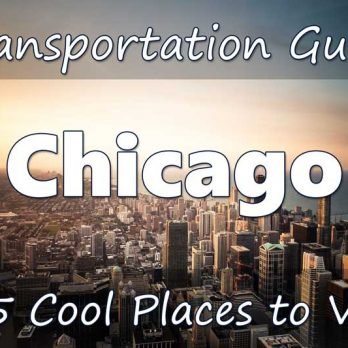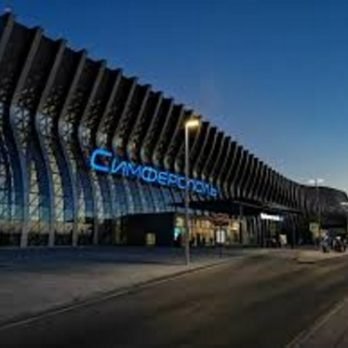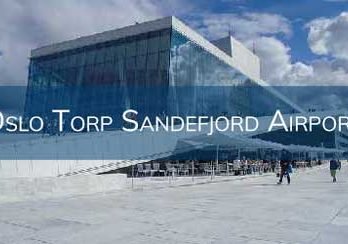Oslo is an unusual combination of city life, modern architecture, entertainment, new Scandinavian cuisine, and natural attractions. This cool, warm-hearted city is adorned with eclectic architecture and spiced up with extravagant Scandinavian design. Oslo is a city of science, culture, art, whose wealth of first-class museums and galleries is perfectly complemented by a buzzing nightlife scene. During a three-day visit to Oslo, you can see plenty of local attractions and plunge into the world of Norway.
Day 1
First of all, you can check into one of the best hotels in Oslo at besthotels.wiki and go for a walk. You can also buy an Oslo Pass (a museum and transport ticket) there. It is worth noting that the center of Oslo is very compact, so everything can be reached on foot.
On the first day of your arrival, be sure to visit the famous Vigeland Sculpture Park. Is there a more famous sculptor in Norway than Gustav Vigeland? I don’t think so. His sculptures can be found in various places in Oslo, but his most famous creation was the sculpture park. This park, which has become a favorite vacation spot for residents and guests of the Norwegian capital, is unusual in the number of sculptural compositions made by Vigeland.

It is well known that the main theme of the master’s work was the relationship between men and women in various everyday situations, as well as issues of life and death. The author’s works are distinguished by maximum “naturalism”. Nevertheless, the compositional solutions of some sculptures are quite unusual. And this is all the more a good reason to look into this park.
Then you can see the Oslo Opera House. This attraction is one of the most interesting and picturesque places in Oslo. The theater building reminds someone of a snow-white iceberg moored to the shores of the Oslo Fjord, and someone sees in it a glacier descending from the mountains into the waters of the fjord.

In any case, the opera house is worth admiring its unusual shape and climbing up the sloping ramps to the roof, which offers a view of the city and the port. If there is a chance, don’t miss the opportunity to visit the theater and appreciate not only the beautiful forms but also the Norwegian operatic art.
You can also visit Mathallen Market. It is the quintessence of Norwegian cuisine, products, and flavors. Everything that Norway is rich and famous for in terms of gastronomy can be found in this market: fresh seafood, cheeses, fish – everything can be tasted there in numerous cafes. It may seem surprising, but in Norway, probably, the most delicious pastries! Therefore, for travelers for whom a trip without tasting national cuisine is not a joy – Mathallen is a must-see!

Day 2
The next day, straight from the hotel selected at the Besthotels.wiki, you can go to the peninsula. The peninsula of Bygdøy is simply a mecca for those who are most interested in everything related to navigation and its history in Norway. Bygdøy can be safely called a peninsula museum since there are so many different objects dedicated to the marine theme.

For a trip to the Bygdøy peninsula, you can safely lay a whole day. And it’s better to get out of bed early in the morning to arrive at the opening hours of the museums, of which there are several on this peninsula within the city:
- The Viking Ship Museum will allow you to feel the spirit of the series of the same name.
- The Kon-tiki Museum is dedicated to the traveler Thor Heyerdahl. There, you can feel the spirit of adventure and courage.
- The Maritime Museum will introduce you to the depths of the seas washing the coast of Norway.
- Museum dedicated to Norwegian polar explorers and their ship “Fram”
- At the Norwegian Ethnographic Museum, there is a rich collection of ancient structures and buildings in the open air. 14 hectares are dedicated to the traditional environment and life in different parts of Norway.
Day 3
The third day of your stay can be completely devoted to the Holmenkollen Springboard. Perhaps this is the most impressive sports facility in the city. It is located on the hills of the same name. In clear weather, the ski jump is visible from almost all parts of the city. It is interesting that for the first time ski jumping competitions were held here in 1892, and the springboard was rebuilt 18 times during its existence.

The Springboard took its current look, which is light and openwork in 2010. Today, there is a whole sports complex around the ski jump, which, in addition to several smaller ski jumps, also includes biathlon and ski runs. The height of the jump at the highest point is 121 meters and you can climb to its observation deck to admire the city and the panorama of the Oslo Fjord from there. All year round there is such an attraction as a ski simulator, so you can feel like an extreme, get an adrenaline rush into your blood, and not risk your health a bit.
Where to Stay in Oslo?
Oslo features a large selection of guest houses, youth and family hostels, campsites, and accommodation options in the private sector. You can find interesting offers on the trusted site besthotels.wiki. Some hotels in Oslo deserve special attention. For instance, the Hotel Continental is the only Norwegian member of the prestigious association The Leading Hotels of the World.










